Self-Regulated Bilateral Anchoring Enables Efficient Charge Transport Pathways for High-Performance Rigid and Flexible Perovskite Solar Cells
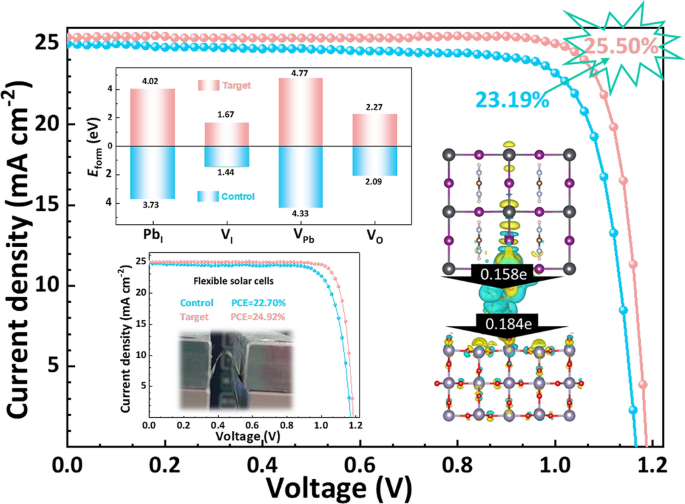
As perovskite solar cells (PSCs) approach commercialization, the buried electron-transport interface remains a hidden source of efficiency loss and long-term instability. Now researchers from Dalian Jiaotong University, Dalian University of Technology and CAS Hefei Institutes, led by Prof. Guozhen Liu, Prof. Zhihua Zhang and Prof. Xu Pan, introduce a one-molecule, self-regulated “bilateral anchoring” strategy that turns this buried weakness into a performance booster. Their work, published in Nano-Micro Letters, delivers record efficiencies for both rigid and flexible PSCs while extending device lifetime under real-world stress.
Why the Buried Interface Matters
- Defect Hot-Spot: Oxygen vacancies in SnO2 and under-coordinated Pb2+/halide defects at the perovskite side trap carriers and lower open-circuit voltage.
- Energy-Level Mis-Match: Poor band alignment impedes electron extraction and invites recombination.
- Mechanical Stress: Residual tensile stress accelerates crack formation when devices are heated or bent.
- Solvent Instability: Conventional modifiers dissolve during perovskite casting, losing activity before the film even dries.
Innovative Design and Features
- Squaric Acid (SA) Molecular Bridge: A four-membered, self-transforming ring delivers two carboxylic acid sites that simultaneously H-bond to SnO2 and coordinate Pb2+, creating a solvent-proof, dual-sided anchor.
- Dynamic Stress Release: SA’s quasi-aromatic backbone expands/contracts during thermal processing, converting 24.6 MPa tensile stress into −17 MPa beneficial compression in the perovskite lattice.
- Defect-Healing & Mobility Boost: DFT shows formation energies of VFA, VI, VPb and VO rise by 0.1–1.2 eV after SA bonding; SCLC mobility climbs from 3.22 × 10-3 to 5.88 × 10-3 cm2 V-1 s-1.
- Universal Applicability: Process is compatible with spin, blade or slot-die coating on glass, PEN or stainless-steel foils.
Applications and Future Outlook
- High-Efficiency Devices: Champion rigid cells deliver 25.50 % PCE (Voc 1.19 V, Jsc 25.47 mA cm-2, FF 84.3 %); flexible cells reach 24.92 % with only 1.57 % hysteresis.
- Large-Area Viability: 1 cm2 rigid modules still yield 24.01 %, proving scalability.
- Multistress Stability: Un-encapsulated films retain >90 % of peak output after 3840 h at 45 ± 5 % RH, 88 % after 528 h at 85 °C, and 88 % after 1700 h continuous 1-sun MPP tracking; flexible devices survive 10 000 bends at 5 mm radius with <10 % loss.
- Industrial Roadmap: Team is transferring the SA interlayer to roll-to-roll PEN lines and 30 × 30 cm2 minimodules, targeting IEC 61215 certification within two years.
This work establishes squaric acid as a commercially viable, single-component modifier that unites defect passivation, stress management and energy-level tuning—offering a clear pathway toward >25 % stable PSCs on any substrate. Stay tuned for pilot-line results from Prof. Liu, Prof. Zhang and Prof. Pan’s joint laboratories!
Follow the Topic
-
Nano-Micro Letters

Nano-Micro Letters is a peer-reviewed, international, interdisciplinary and open-access journal that focus on science, experiments, engineering, technologies and applications of nano- or microscale structure and system in physics, chemistry, biology, material science, and pharmacy.
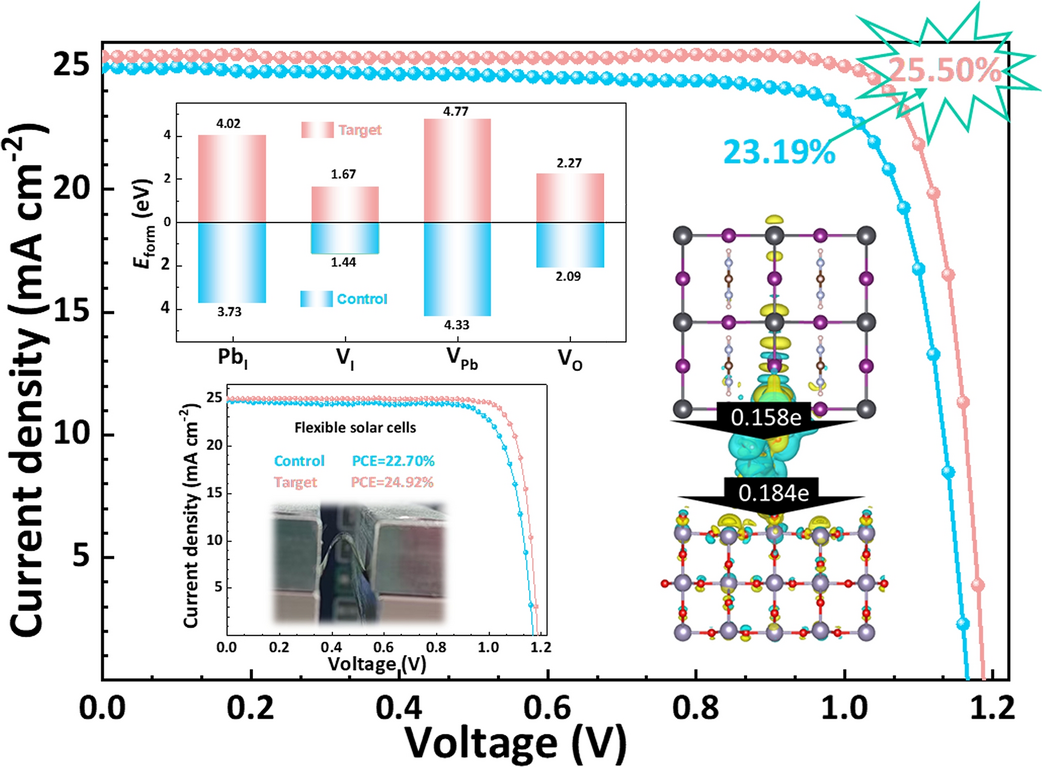
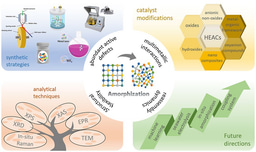
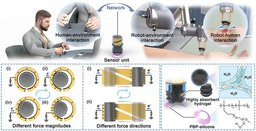
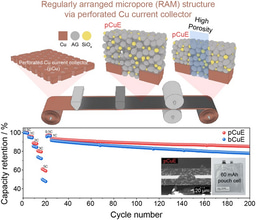

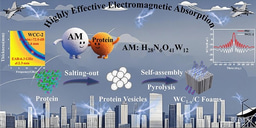
Please sign in or register for FREE
If you are a registered user on Research Communities by Springer Nature, please sign in